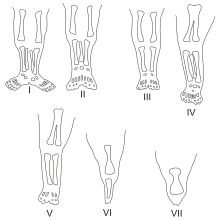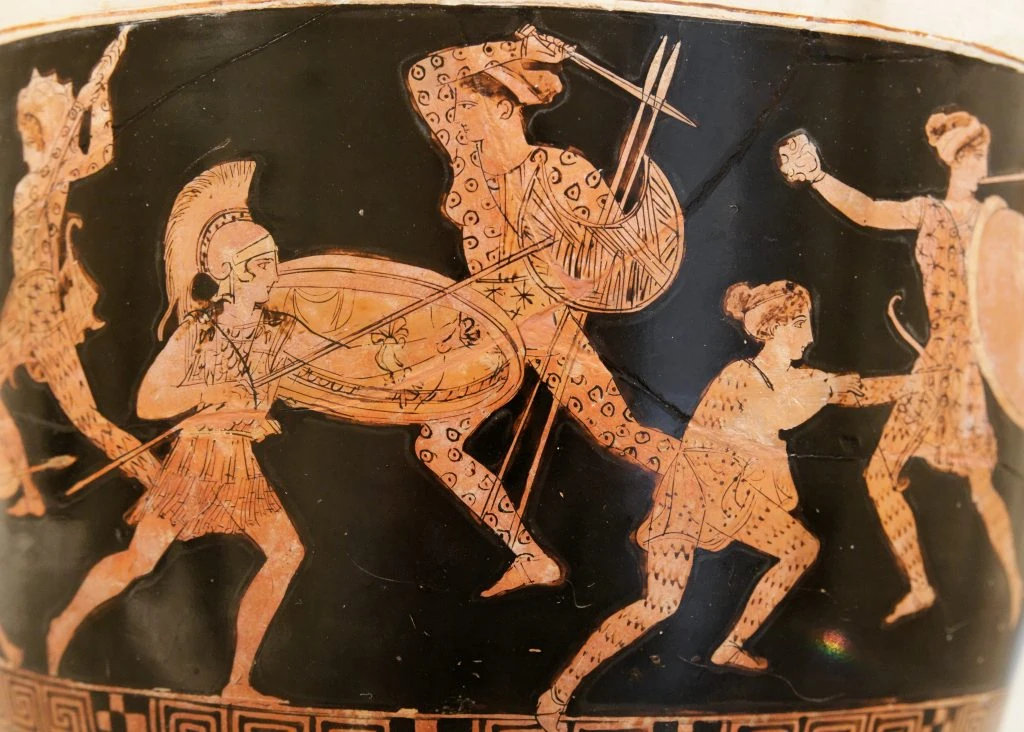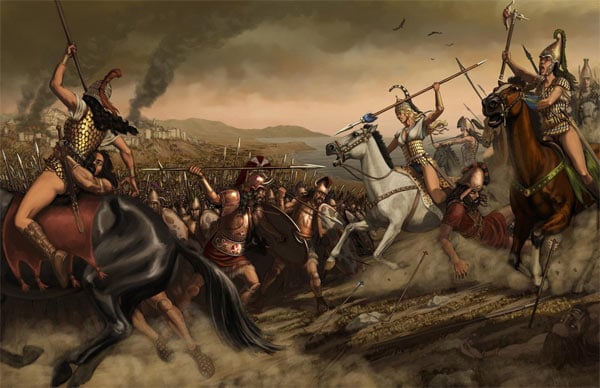Should we legalize marijuana?
Introduction
- This is obviously a controversial topic and it recently took the spotlight
-
- Canada legalized marijuana on the 17th, just under a week ago
- As of 2018 62% of Americans support the legalization of marijuana, which is a massive increase from the 31% in 2000
- Obviously this varies strongly among different demographics, from age group to political party
- In all cases, however, it is up significantly from earlier
Why Was Public Opinion so Low to Begin With?
- To answer this question we must go back to the late 18th century, before there were drug laws in the U.S
- At this time even drugs such as opium were considered nothing more than a vice, similar to alcohol, but it was a vice that was especially common among Chinese Immigrants
- When the population of Chinese immigrants spiked those in power were afraid and wanted to find a way to control them
- This came in the form of criminalizing opium, which had a disproportionate effect on the Chinese-American population
- There was a very similar dynamic in the early 1900s; Mexicans were fleeing the aftermath of the Mexican Revolution and many came to the U.S
- These immigrants and their culture became demonized by the media
- Part of their culture was the use of cannabis
- What the media did not stress was that the dangerous “marihuana” brought by Mexican immigrants was the same as the innocuous “cannabis” that was widely used for medicine
So why is the public opinion changing?
- I think the largest reason up until now is simple; the increased tolerance for using marijuana has been a byproduct of other movements
- Obviously it’s not as if feminism and marijuana activism are closely related
- However, the general theme of tolerance and getting rid of social stigma is shared across many movements
Since this has started happening it has gained traction by its own merit
- However, in recent years people have actually started to become educated on the topic
-
- Many of the reasons that it was criminalized in the first place have turned out to be inaccurate or outdated
- For example: the idea of marijuana being a gateway drug doesn’t hold water, it seems to be a causation as opposed to a correlation
- Cigarettes/alcohol show the same causation, yet they are legal
- For example: the idea of marijuana being a gateway drug doesn’t hold water, it seems to be a causation as opposed to a correlation
- Additionally, charging people with crimes and putting them in jail costs money
- Why waste taxpayer dollars on imprisoning people who aren’t even guilty of doing anything wrong?
- Many of the reasons that it was criminalized in the first place have turned out to be inaccurate or outdated
Conclusion
- While I wont advocate the extensive use of marijuana, I don’t think people should be jailed for using it







